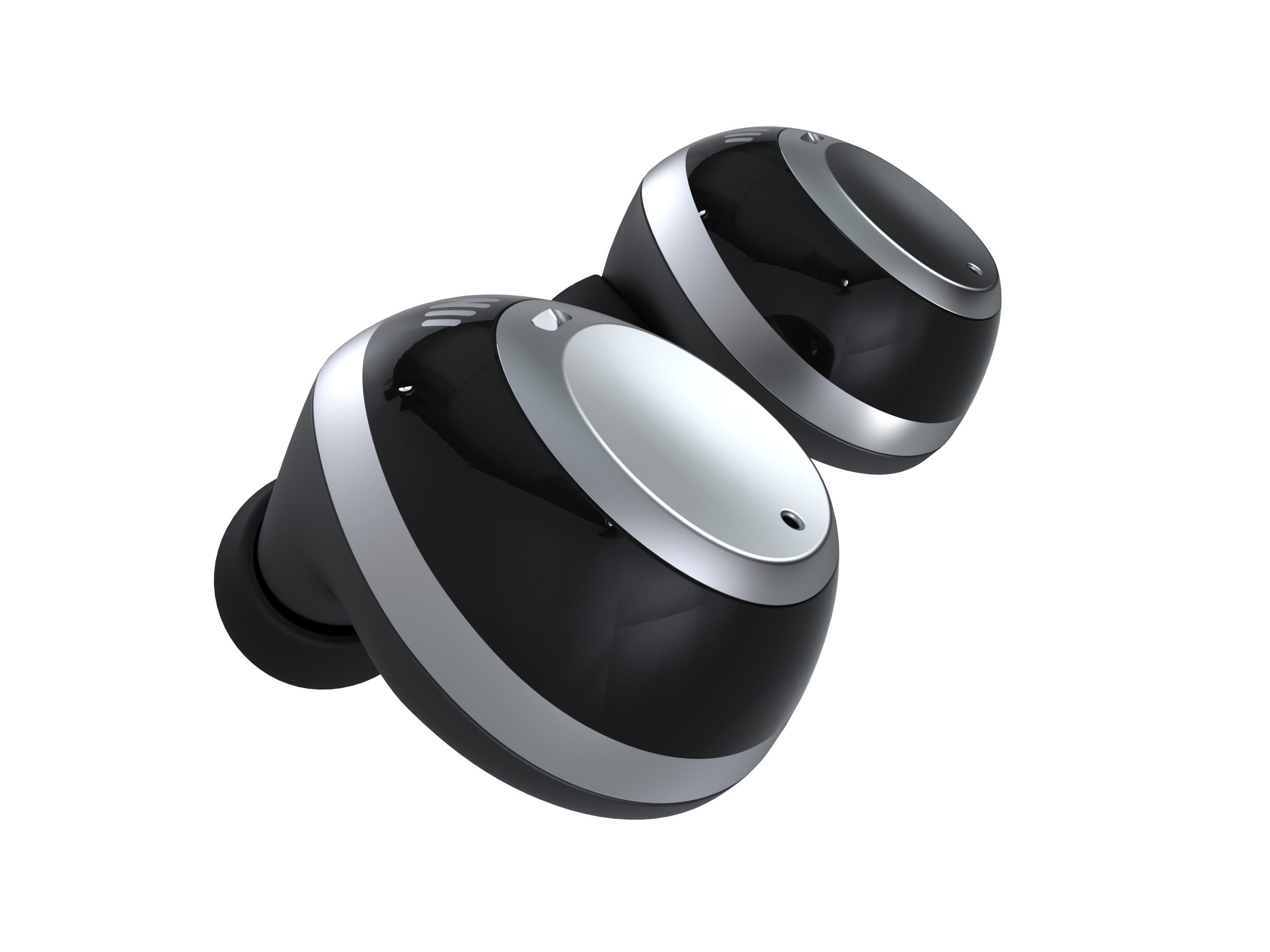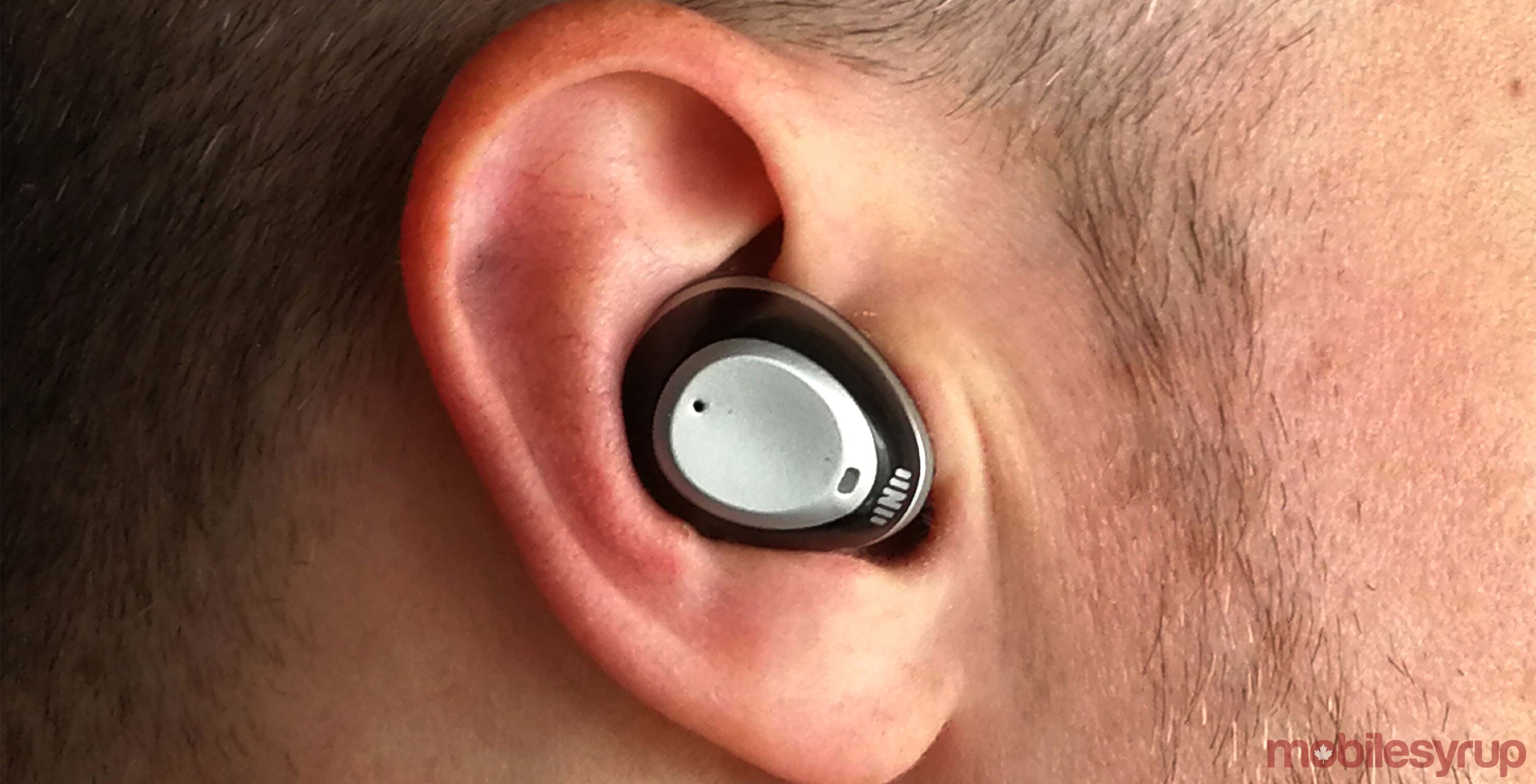
The Pros
- Good overall sound quality
- Listening modes offer differentiation
- Noise-cancellation
The Cons
- Expensive
- Bass could be deeper
- Limited onboard controls
Wireless earbuds are getting better fast, and if they become about more than just music, the Nuheara IQBuds may foreshadow some of what’s possible.
Apple may have shone some light on this budding headphone sub-category, but the real innovation in wireless earbuds is happening with lesser known brands. Jabra came to market with an impressive first attempt with its waterproof Elite Sport pair, and German startup Bragi took a stab at it with its debut Dash earbuds. Others continue to pop up.
As an Australian startup, Nuheara has a ways to go to be a recognizable brand, especially when portable audio is such a crowded bazaar of vendors. The IQBuds are less of a ‘me too’ product and more an interesting take on adaptive hearing. Music is the central piece, but hearing the outside world carries equal weight within the device’s purpose.
Having tested them for weeks, there is something uniquely attractive about the IQBuds that encompasses the various nuances of their performance.
Between the ears
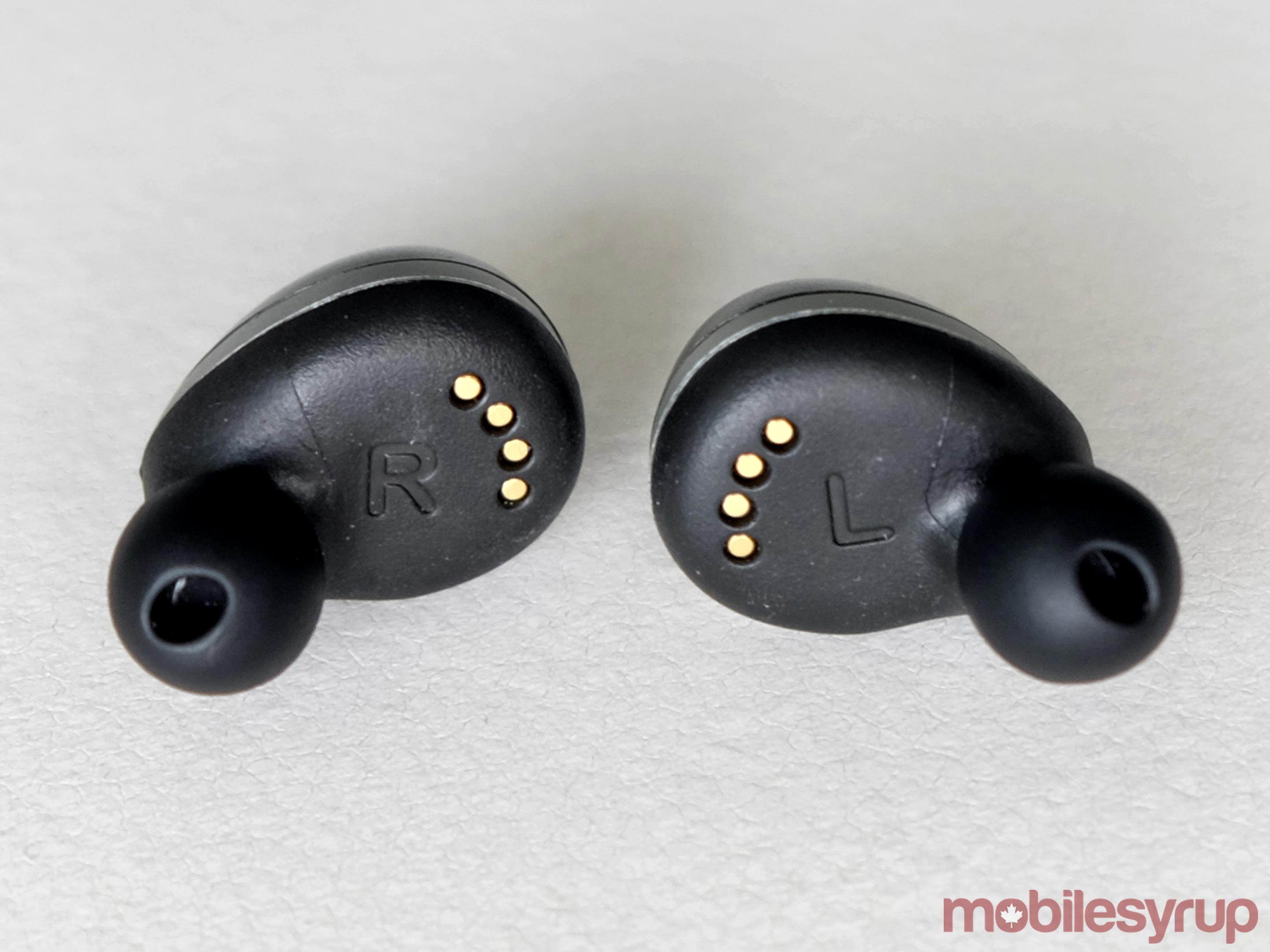
Like other wireless earbuds, the IQBuds come with a charging case that has visible LEDs to note charging level. It doesn’t matter which order the two earpieces settle in, meaning there is no set spot for the left and right units — an interesting design choice.
Including four sizes of ear gels was a wise move. The thing about wireless earbuds is that their larger form factor in the ear canal makes a gel’s fit all the more important. I tried the IQBuds with Comply Foam tips (separately sold) as well, and they helped provide a better seal, but are prone to deforming with repeated exposure to sweat.
The Bluetooth IQBuds are easy to pair, thanks to the iOS and Android app that spurs the process along. By default, the app maintains a pretty neutral equalizer setting, but that can be adjusted in the app through the Personal Profile tab.
Here, the numbers one through five act as presets, and one can be applied to each earbud, meaning more bass could be set to a left ear and more treble to the right, for example. Balance control allows for sound to come through one ear more than the other.
The IQBuds are also location-based, but not in the geo-location sense. There is no location tracking going on here. Instead, up to four presets can be selected, placing them in order of usage and importance for easy toggling from the right earbud.
These include Home, Workout, Office, Music, Street, Restaurant, Driving and Plane, covering a fairly wide gamut.
Beyond the music
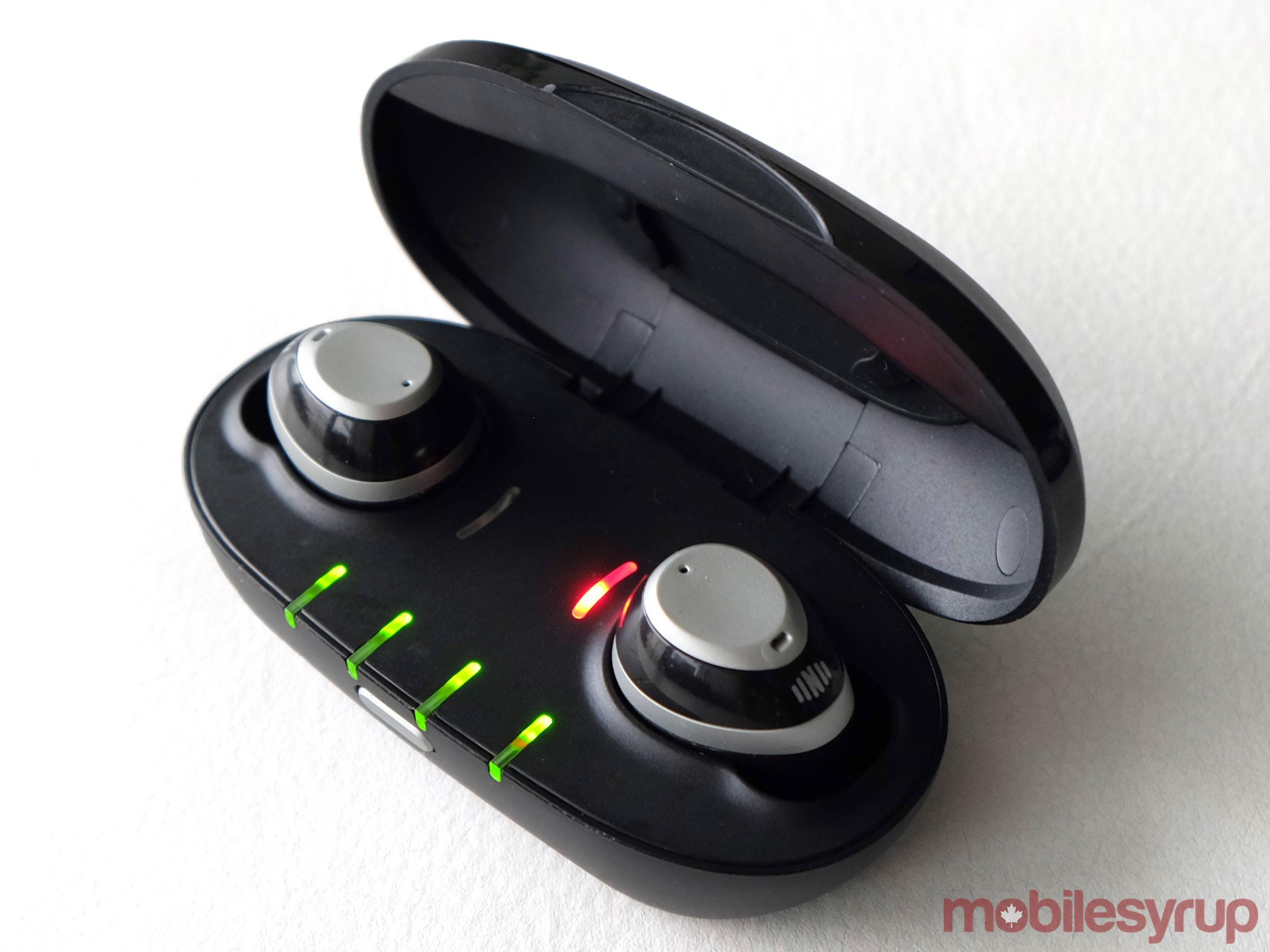
Nuheara designed the IQBuds to hear the outside world as much as audio programming, which is exemplified by those presets. Nuheara calls this SINC, or Super Intelligent Noise Cancellation, and the idea is to block out certain frequencies to not only block out noise, but to also allow the sort of ambient noise you actually want to seep through.
For example, the Home, Street and Workout presets all filter sound through differently, allowing some ambient noise to come in. Adjusting how much or how little is done by tapping the settings icon for each setting. The SINC and Live EQ settings allow for some adjustment to determine how much noise is to be cancelled or filtered.
The options aren’t extensive, but the technology is no less impressive. I was wearing the IQBuds on the Home setting with YouTube videos playing on a tablet and Bluetooth speaker in the background. I could hear the content quite well, and was ready for any incoming phone calls because of the hands-free calling in the IQBuds. Walking outside with the Street setting on felt a little eerie because I could hear voices closer to me much more than the cars and regular street noise.
Not only that, but even my own movements were amplified, where washing dishes or trying on a shirt could be heard more prominently, depending on how I set SINC to work.
In a way, the IQBuds act as both noise-cancelling earbuds and hearing aids, yet are not exclusively one or the other. It’s a unique hybrid situation that is equally beneficial and confusing. Is this for music listeners looking to cut all cords, or for the hearing-impaired, or both?
Measuring audio quality
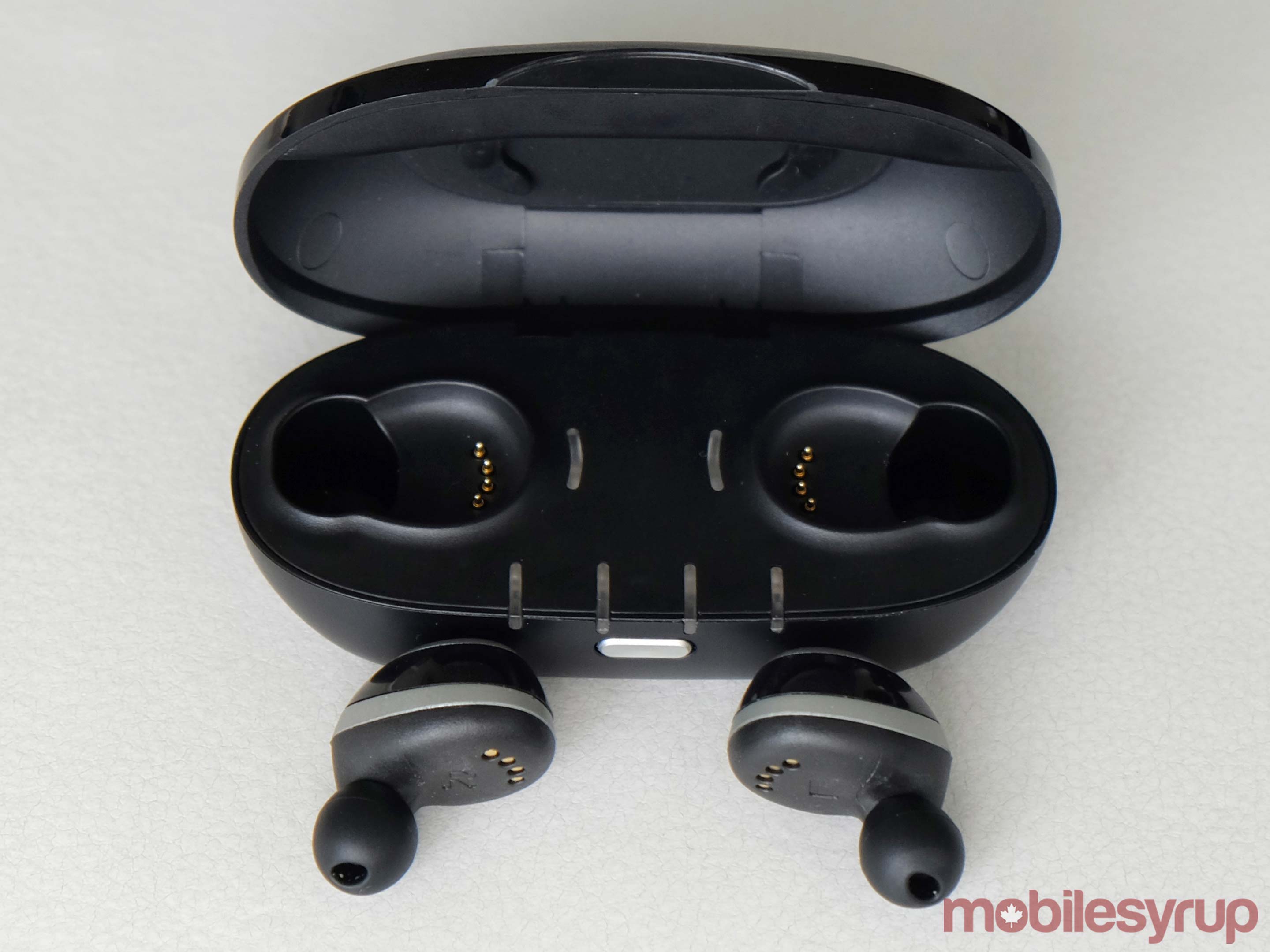
The biggest challenge for wireless earbuds, outside of battery life, is low-frequency response, or bass. With little room to squeeze in drivers that can pump out better lows, it’s a challenge manufacturers have tried to deal with from the beginning.
Nuheara manages to do a decent job, though the EQ tends to skew toward the mids and highs, no matter how much you adjust things. Fortunately, the pendulum doesn’t swing ridiculously in either direction, so getting good sound out of these is certainly possible.
I mentioned earlier that I used Comply Foam tips to try and create a tighter seal, and found success doing that. Comply Foam, which is widely available now as a pack of different-sized buds, isn’t as porous, thereby keeping the bass from seeping out. Hip hop and electronica fans may come away with mixed feelings, but with general audio fidelity so highly subjective, I can only say that the results may be divisive.
For me, the IQBuds managed to perform comparably to the Bragi Dash, but only because the Dash benefitted from Comply Foam tips too. The Jabra Elite Sport sound better out of the box, but are tougher to squeeze into the charging case with larger gels in place.
I didn’t have to go as high on volume with the IQBuds compared to the Dash, either. The AirPods, which to me sound generally flat, offer better overall bass, though the lack of an in-ear bud makes them more prone to sliding out of place.
Noise-cancellation won’t match what a good pair of over-ear headphones can deliver, but it works pretty well here. More than likely, various situations will call for some customization through the app.
Packing it in
Packing so much into a pair of earbuds comes with its casualties. While I could toggle between Music and another preset, I couldn’t make any other adjustments to the hearing profile on the units themselves. I needed to go to the app for that.
There was also no way to adjust volume, skip or repeat a track, nor any sort of fitness-related features seen in other wireless earbuds. Instead, I could tap the right earbud once to turn SINC on or off (a longer tap switches the location profile). A simple tap on the left plays and pauses music, while a double-tap triggers Siri or Google Assistant. Beyond that, functions are limited on the units themselves.
Within all this is also battery life, which is always a challenge. Nuheara rated it at four hours of music playback per charge, and up to eight of simple hearing through one of the location profiles. This is generally accurate, but like any portable audio device, higher volume tends to knock it down. I was usually able to get about three hours, sometimes more if the volume was under 60 per cent.
That’s on par with what other wireless earbuds are doing these days, so I couldn’t really complain. The case has its own battery, and can recharge the buds up to three times, making for a total of 16 hours of music playback. It only took about an hour to fully charge them.
A good start
Nuheara attempted something ambitious with the IQBuds. Where Apple focused simplistically on wireless versions of its EarPods, this startup took things several steps forward. The final result has its weaknesses, but there are good ideas at work here that portend an intriguing future for the company.
The issue is the price. At $479.99 in Canada, these are very expensive, and may be hard to justify until they come down a little. Unless you feel you need the mix of features available in the IQBuds, you are better off spending less on the Jabra Elite Sport, or even less than that on the Jaybird X3, if you don’t mind a cable connecting both earbuds.
"Nuheara attempted something ambitious with the IQBuds" 7.5/10
MobileSyrup may earn a commission from purchases made via our links, which helps fund the journalism we provide free on our website. These links do not influence our editorial content. Support us here.

